Developers say high construction costs and low rents make it impossible to build apartments without heavy government subsidies.

NEW BEDFORD — On a sunny November afternoon, Duane Jackson watched seven years of work come to fruition.
A crane lifted the last steel beam into place on “10 @ 8th,” Jackson’s 52-unit housing development on Union and Eighth Street. Jackson gathered his team to sign the beam like a yearbook.
Housing in Distress / Fourth in a series
“No one is going to understand what this signing means to me,” the developer said.
Jackson has been working to put an apartment building on this lot since 2017, when the Registry of Motor Vehicles closed its location there.
But the project would not have been possible, he said, without a “potpourri” of funding sources. He needed seven different loans, grants, and tax credits for the numbers to work.
Many subsidies come with conditions that developers set aside some number of units for people with low incomes. In Jackson’s building, 44 of the 52 apartments will be income-restricted.
This is the norm for housing developments in New Bedford. Typical rents in the city aren’t enough to pay for the high cost of new construction, so developers need heavy government subsidies to make projects financially viable.
The post-pandemic era is a challenging time to build anything, anywhere, developers say.
“In the last few years, it’s gone hyperspeed in terms of construction costs and the cost of land,” said Justin Cruz, COO of the developer Cruz Companies, which is planning new developments for a few sites around the city. “It’s a different game now.”


Interest rates have increased significantly, too. And while developers are hopeful that rates will start to drop, other costs continue to grow. On top of construction materials and labor, there are “soft costs” like legal fees and architectural plans.
There’s a limit to how much those costs can be passed on to renters, many of whom are already paying beyond what they can afford to keep a roof over their heads. This leaves a gap between the cost of putting up a new building and the maximum rent the developer can expect people to pay.
New Bedford has the biggest financial gap in eastern Massachusetts between development cost and rent, a recent report by MassINC found. Developers can expect to lose about $286,000 for every rental unit they build in the city without subsidies, according to the report.
That means the developer of a 25-unit apartment building must cobble together enough subsidies to bridge a $7 million gap before they can even break ground.
The gap is particularly wide in New Bedford because the city’s rents are relatively low compared to the rest of the state, yet costs for developers are about the same anywhere you go in New England.
Jackson’s financing consultant, Laurie Gould, estimated that each unit in 10 @ 8th cost $600,000 to create.
“Think about what it would cost to pay the mortgage on a $600,000 house and what you’d have to pay in rent to make it work — it’s a lot more than what people can pay,” Gould said.
Other developers estimated costs per unit in New Bedford ranging from $350,000 to $670,000, depending on the unit’s size and other factors. They said they would have to charge between $2,400 and $6,000 in rent each month to cover their costs without any subsidies, far more than a typical New Bedford tenant can afford.
Getting a development started
When a developer wants to create new housing, they first have to pick a site.
In New Bedford, so-called “underutilized” properties such as vacant lots and empty schools are go-tos for developers. These sites come with challenges — you never know what you’ll find when you open up old walls — but the properties are in good supply in the city.
The developer will buy a property or sign an agreement to buy the property later on. This step can cost anywhere from hundreds of thousands to millions of dollars.
Then, the developer assembles a team of architects, engineers, and general contractors to make plans for the site. The team figures out what the development will look like, how many apartments to build, and what it will cost.
After that, it’s on to the local planning and zoning boards.
Developers need to show detailed plans to the city’s Planning Board for a site plan review, where the board evaluates the project’s impact on the surrounding neighborhood. Developers often need exceptions to zoning laws such as parking minimums, which require separate approval from the Zoning Board of Appeals.
The boards will likely have questions for the developer, and might ask for changes to the plans. This process can take a year in some cases.
If the planning and zoning boards give their approval, the project can move on. By this point in a project’s timeline, months or years have gone by, and the developer hasn’t even reached the hardest and usually longest step: Raising the money to pay for it all.
Gathering funding
Developers start their financing quest by seeing how much private funding they can get from banks — a bit like a mortgage.
That has gotten harder since the pandemic, said Gerry Kavanaugh, a New Bedford-based developer and CEO of CMK Development Partners. Before, a bank might have been willing to loan up to 80% of a project’s costs, he said. Now, he says his best lender will only loan him 65% of the costs.
Why? “Risk,” he said. “It’s all about risk.”
The interest on those private loans is much higher now than before the pandemic, Kavanaugh said: as high as 8.5%, compared to 3.5% a few years ago.
The interest alone can add $75,000 in out-of-pocket costs during construction, he said.
Inevitably, developers here must go beyond private loans to get the money they need. That’s where subsidies come in.
“Every dollar counts,” said Cory Fellows, vice president of real estate development at Preservation of Affordable Housing, a nonprofit developer.
POAH operates the income-restricted Temple Landing Apartments west of downtown, and now has plans for Temple Landing II, a 27-unit project for low-income seniors next to the existing development.
For four years, Fellows and his colleagues at POAH have been seeking public grants, loans, and tax credits to fund the project. They are pooling commitments for private loans from banks, three separate commitments of Community Preservation Act funding from the city, low and deferred interest loans from multiple state programs, and some of POAH’s own money.
And they’re not done yet. POAH is now applying for federal Low Income Housing Tax Credits distributed through the state. But Fellows said it may take multiple rounds to get the money they need, which isn’t uncommon.
“It is highly competitive — there is a lot of need all around the state,” he said. “There’s no guarantee you’ll get funded at all.”
It’s normal for developments in New Bedford to need half a dozen or more funding sources. Subsidies can come from local, state, and federal governments.
Help power our newsroom with a monthly donation. Give here.
The state holds the bulk of the funding that developers need because it distributes federal Low Income Housing Tax Credits, Fellows said. But buy-in from local governments is critical for getting support from the state, he said. State authorities prefer to fund projects that already have funding from other sources.
Cruz Companies is in the funding stage for its upcoming development, a “scattered site” project with 83 new units spread across four buildings around the city. The project’s managers hope to achieve “economies of scale,” they say, by sharing funding sources across the four sites.
The development includes renovations of the vacant Dunbar and St. Joseph’s schools, as well as the former St. Mary’s orphanage. Cruz will also build a new building on a vacant lot near St. Mary’s on Jenney Street.
All but 10 of the 83 units will be income-restricted, with apartments set aside for households with incomes ranging from 30% to 80% of the area’s median income.
Historic and low-income housing tax credits are a critical funding source, making up over 70% of the project’s financing.
The historic tax credits are a blessing and a curse, developers said. While they provide funding, they require the developer to preserve the property in ways that can make it harder to develop. For example, there are walls in the Dunbar School that Cruz can’t tear down, even if that would make it easier to divide the property into more apartments.
But how do developers use tax credits to fund a project that doesn’t exist yet? Cruz managers explained that developers typically sell the tax credits to large corporations — the corporation gets a tax write-off, and the developer gets cash they can invest into their project. Project Manager Edgar Carrere called it a “win-win.”
“By far, it’s probably the smallest investment that creates the largest amount of equity for affordable housing in the country,” he said.
It shows how the line between private and public dollars can be blurry in the development world.
A large chunk of the 10 @ 8th funding came from state and local pandemic relief dollars, said Gould, Jackson’s financing consultant. About half of the funding came from private investment, but all of those funds were incentivized by tax credits, she said.

The developer whom other developers are watching
Lauren Jezienicki is trying a different approach.
The developer plans to put a 45-unit apartment building in the long-vacant Keystone lot on Union Street. It was announced as a fully market-rate project last year, with none of the units set aside for low-income households.
That severely limits the funding sources Jezienicki can access, since most public funding requires income-restricted units. Her project, as planned, is ineligible for the funds that made up 70% of the Cruz scattered-site development.
This month, Jezienicki said that she will set aside 20% of the units for low-income households so that she can take advantage of funding from MassHousing and the Massachusetts Housing Investment Corporation.
Other developers are watching the project. They said they’re interested to see if Jezienicki really can build such a large development with such a small pool of specific funding sources.
“It’s an opportunity to sort of crack the code on market-rate housing in a gateway city,” Jezienicki said.
The developer said she’s doing it this way because market-rate development is her specialty and doesn’t take as long to finance as income-restricted housing. She added that the city needs diversity in its housing stock — other large projects downtown are setting aside most or all of their units for low-income households.
On a recent morning, Jezienicki was on her way to City Hall to drop off an application for Community Preservation Act funding. The city has already given her a grant from the last of its federal pandemic relief funds.
On top of private investments, Jezienicki said she’s counting on public grants from the Housing Development Incentive Program, a state tax credit targeting market-rate housing in gateway cities (Massachusetts’ mid-sized urban centers).
Jezienicki has been working on the funding since the start of this year. She hopes to break ground in mid-2025.
Getting shovels in the ground
Once all the funding is assembled, developers can get building permits from the city. They can cost tens of thousands of dollars for large developments, covering the city’s costs for oversight such as plan reviews and inspections.
Finally, when the permits are issued, it’s time to break ground. Construction typically takes a year or two. Developers hope that all goes according to plan. If costs escalate, as they did dramatically during the pandemic, developers might have to pause the project to make changes or apply for more funding.
When construction wraps up, the building is ready for its first tenants. The new apartments at 121 North Street hit that milestone earlier this year, when CMK Development Partners finished their renovation of Holy Family High School.
CMK’s COO Colleen Kavanaugh glowed with pride when she brought reporters on a tour of the building. It has 15 studio and one-bedroom units, with five set aside for low-income families. She said she picked out the wood floors and light fixtures to complement the building’s historic character.
The interior of an apartment in the new housing development at 121 North St. in New Bedford.
Credit: Eleonora Bianchi / The New Bedford Light.
The construction alone on this project cost $3.7 million, and it would not have been possible without pandemic relief funds or Community Preservation Act grants, Kavanaugh said.
“The rents can’t sustain it,” she said.
She was standing in her favorite unit in the building, a vacant one-bedroom on the third floor with big, east-facing windows. It’s the most expensive unit on the property, going for $1,750 per month. Even if every unit cost that much, she said, it wouldn’t be enough to fund the project without subsidies.
With 121 North complete, the CMK is turning its attention to the Hillman Street firehouse a block away.
Years of neglect have made the former city building look more like a haunted house. CMK plans to transform the long-vacant, dilapidated station into eight apartments, with five of them income-restricted.
The interior of an apartment in the new housing development at 121 North St. in New Bedford.
Credit: Eleonora Bianchi / The New Bedford Light.
The company is partnering with the Waterfront Area Historic League, which has already assembled much of the funding. The sources include $700,000 in federal HOME grants, $500,000 in local pandemic relief funds, and $500,000 in historic tax credits.
That covers only about two-thirds of the expected $2.5 million project cost. The rest will come from private sources.
Kavanaugh stood just inside the dark firehouse, sheltering from a light rain. The city needs more projects like this one, she said — over 100 people are on a waitlist for 121 North’s income-restricted units. Creating more places for people to live is her way of giving back to the community, she said.
“I fundamentally believe that everyone has the right to housing,” she said. “This should not be a parking lot.”
Email Grace Ferguson at gferguson@newbedfordlight.org


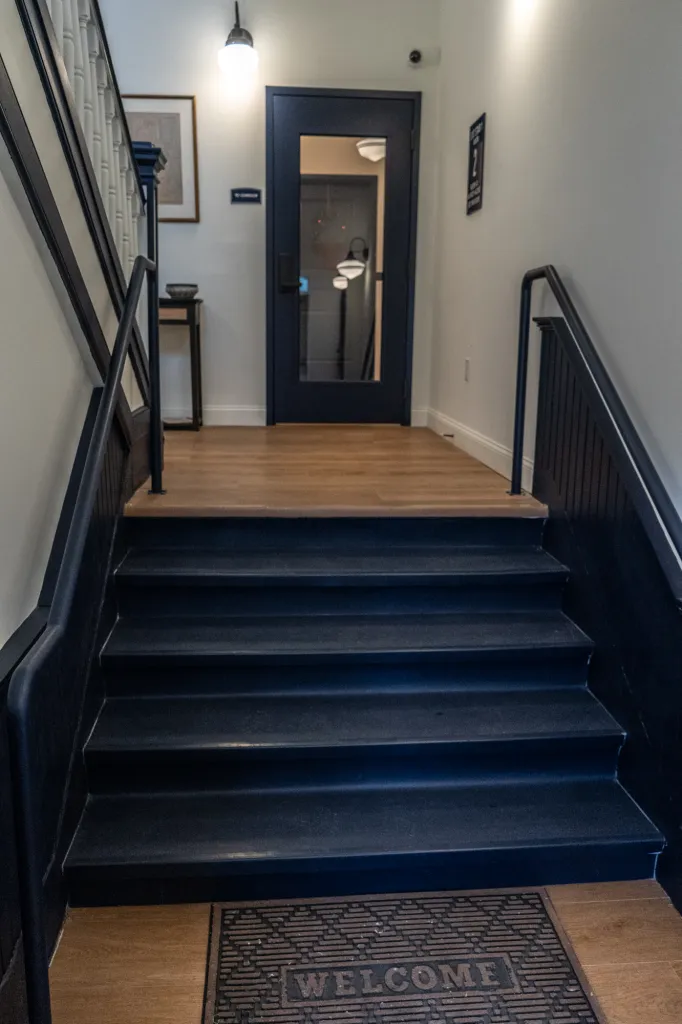
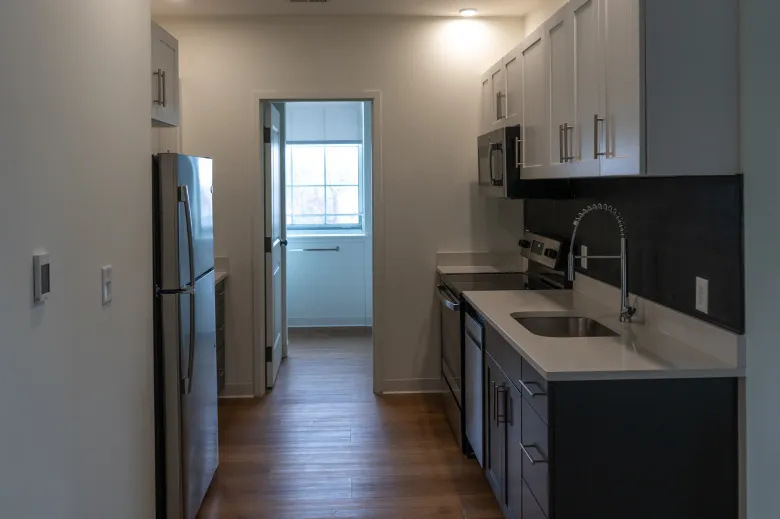
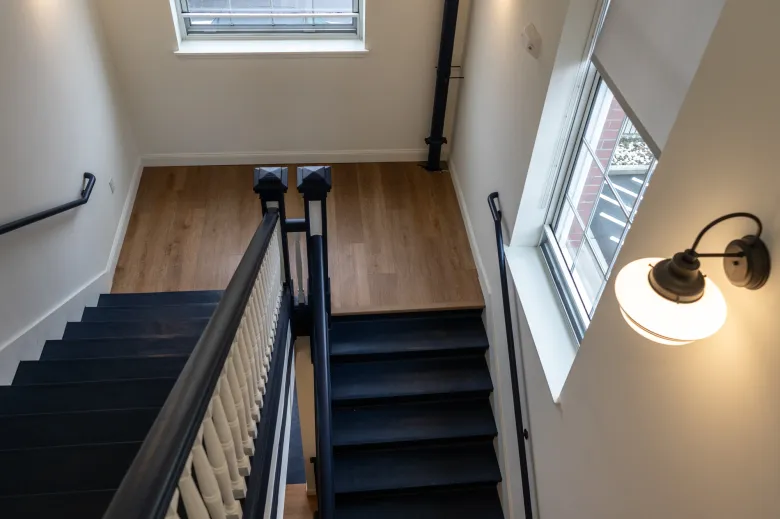
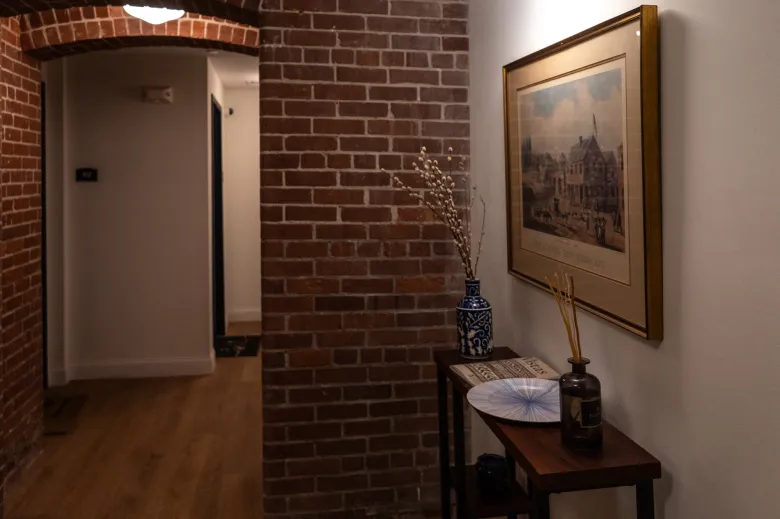
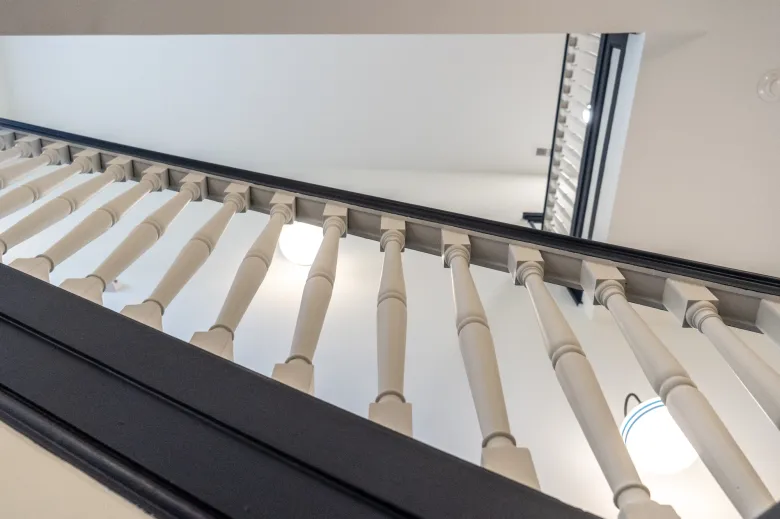
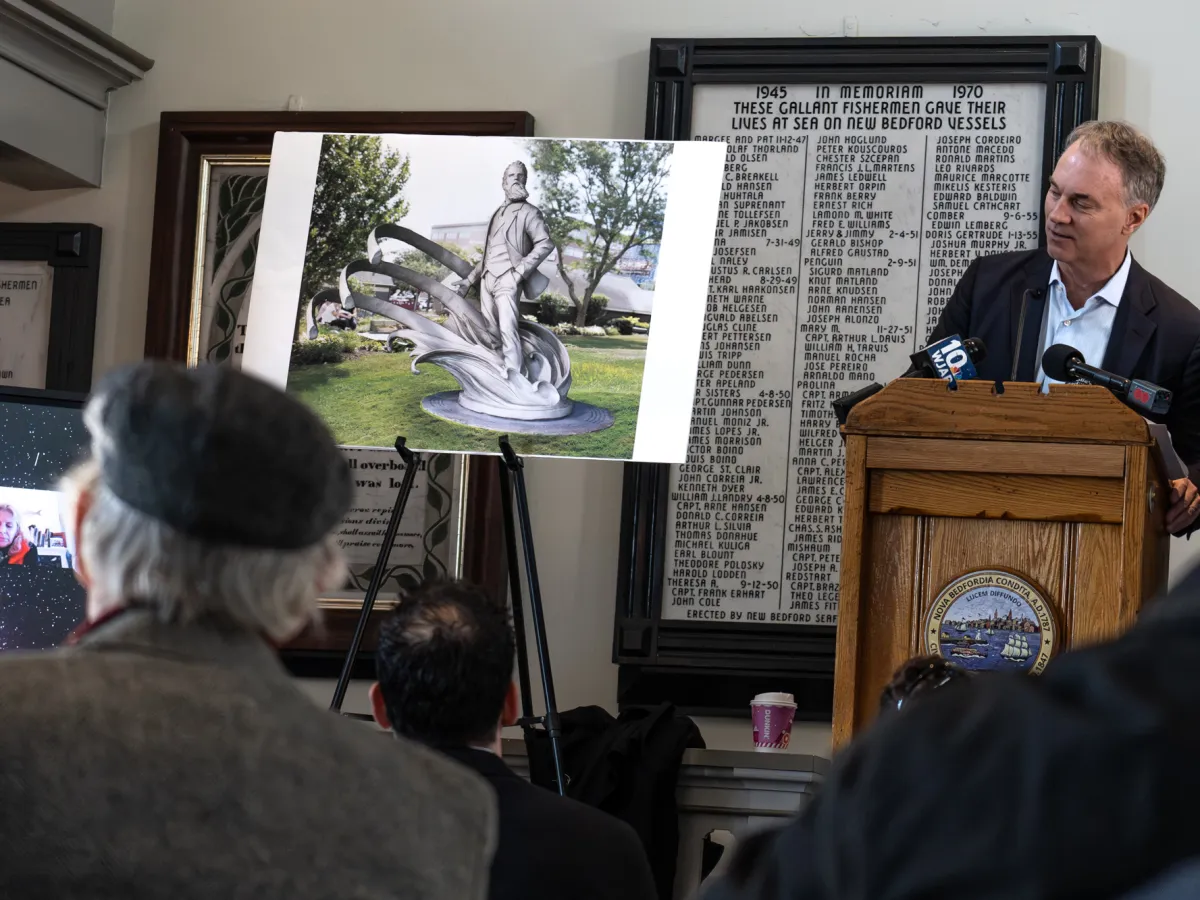
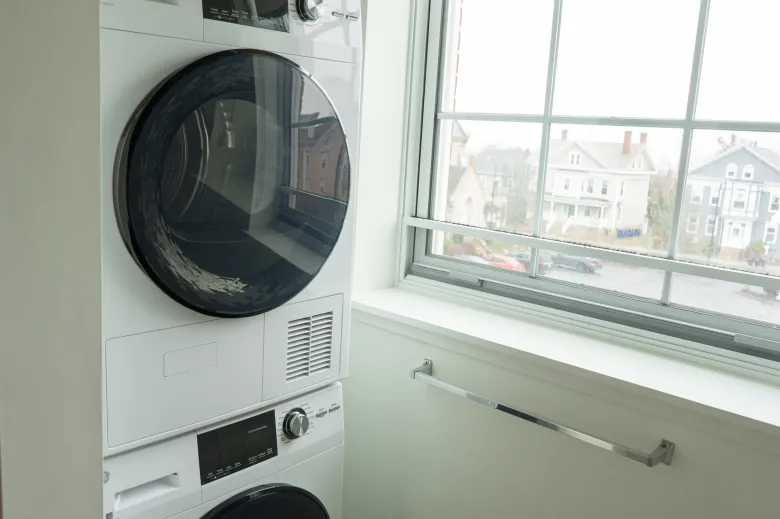
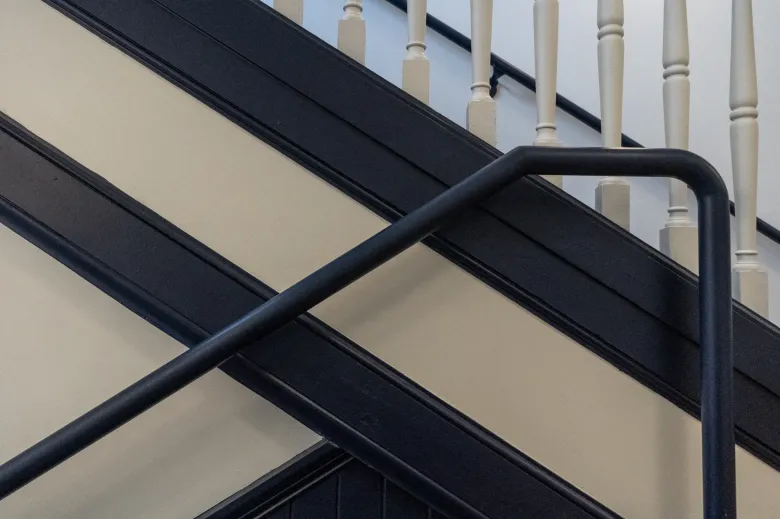
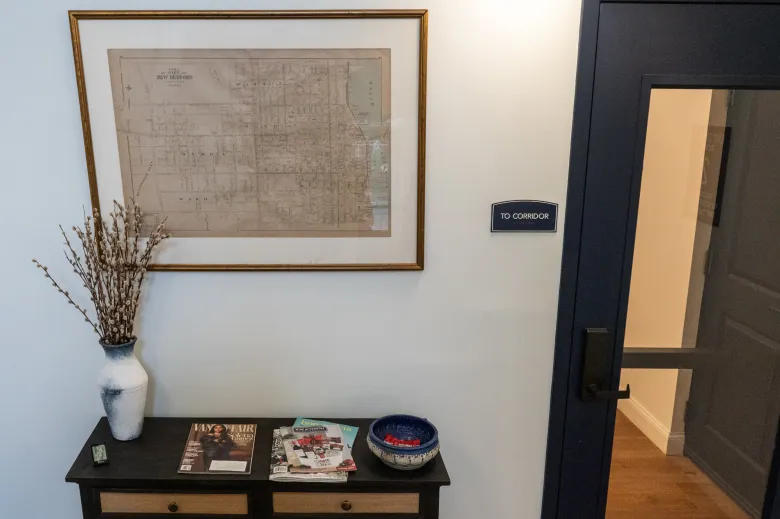
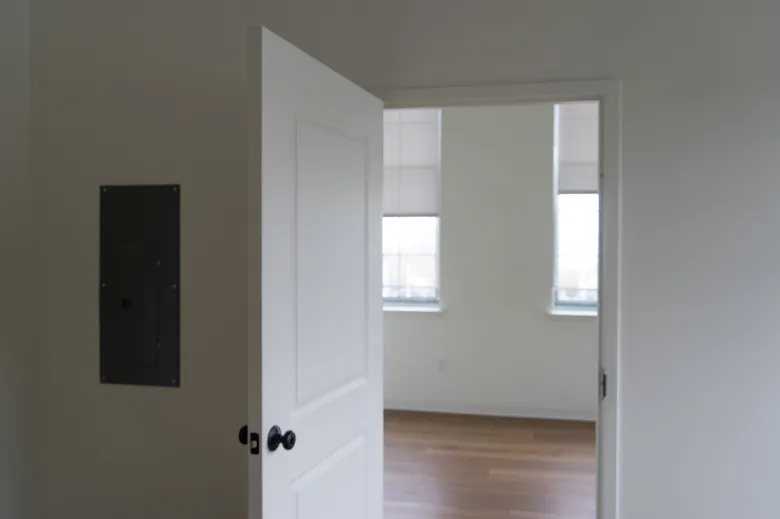
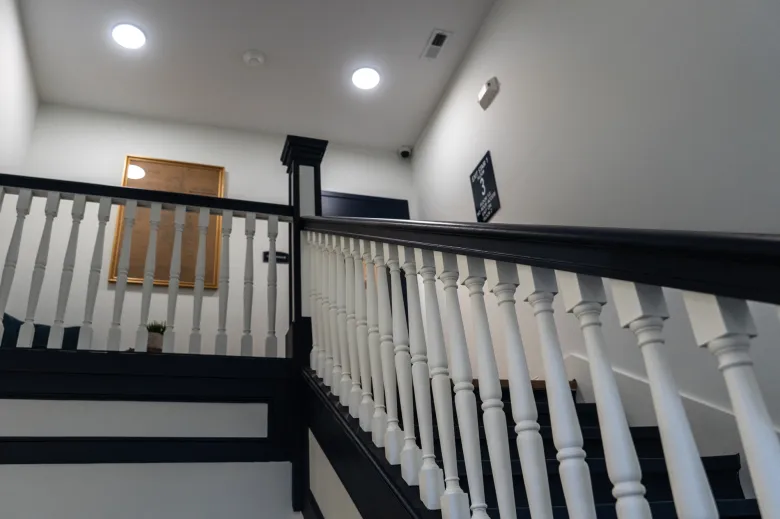
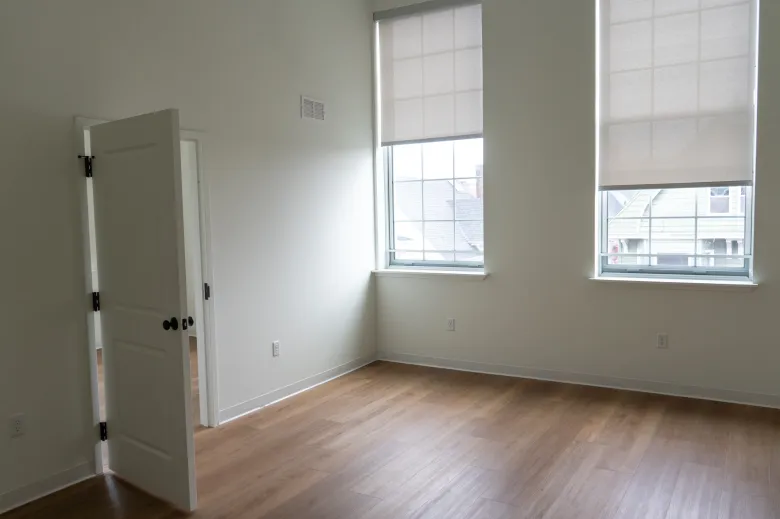
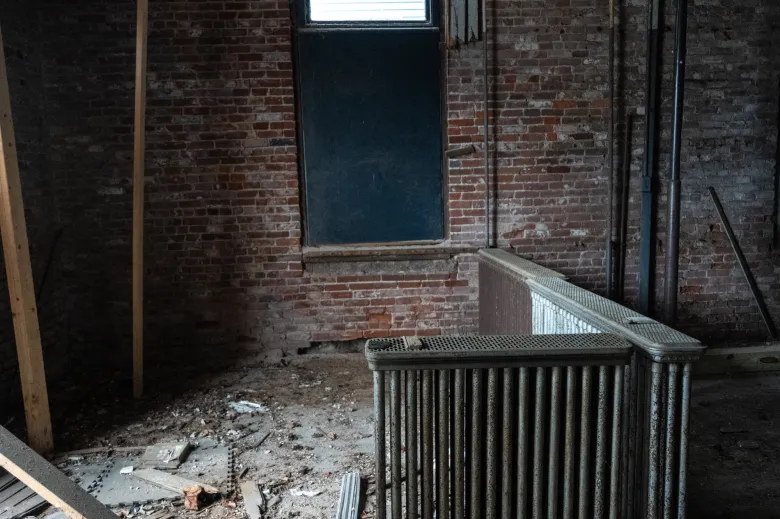
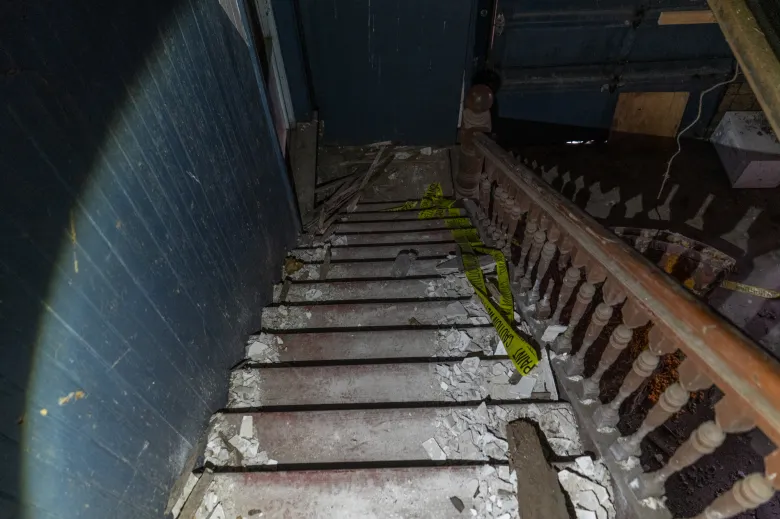
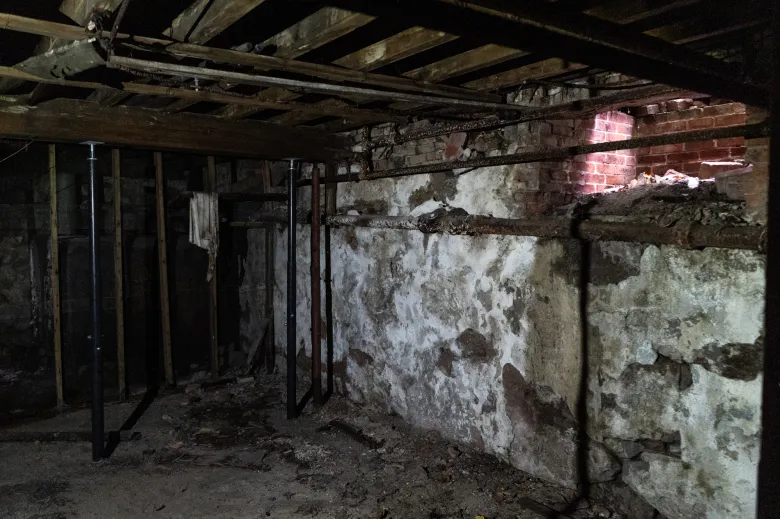
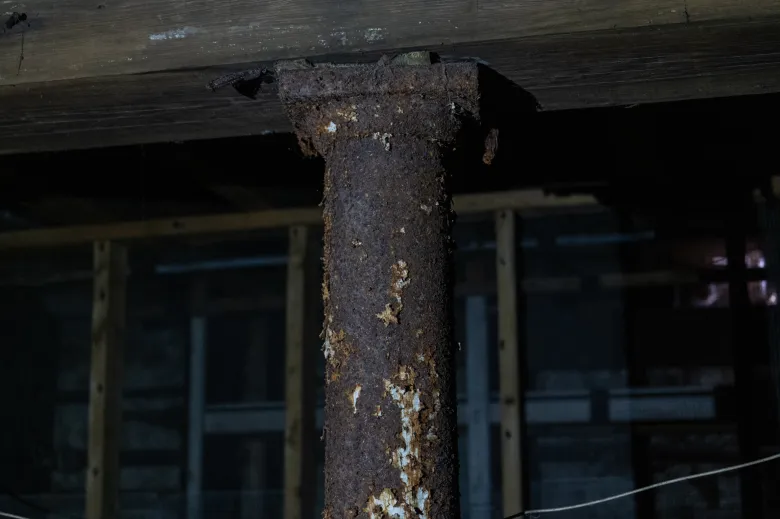
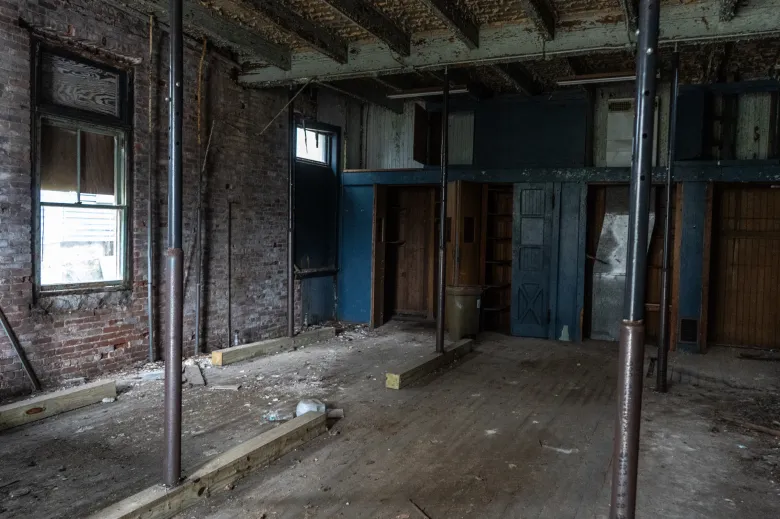
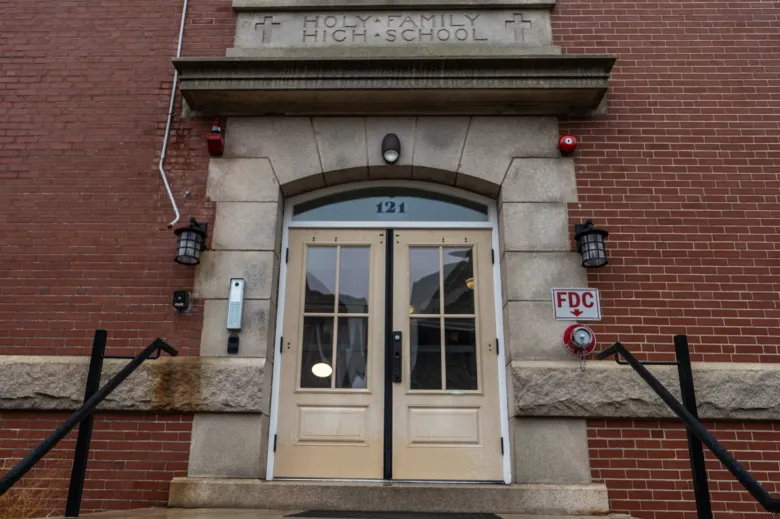
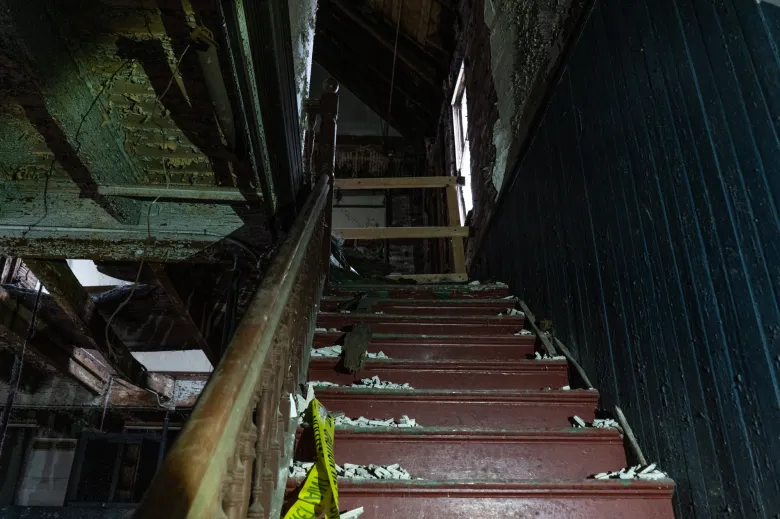
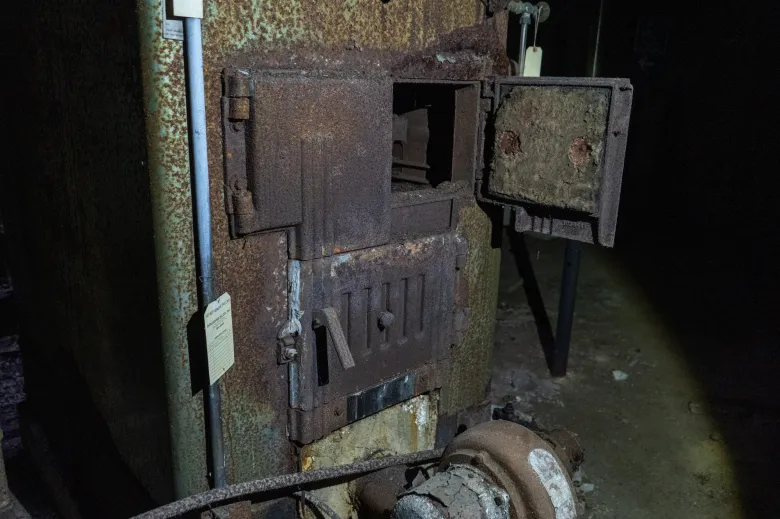
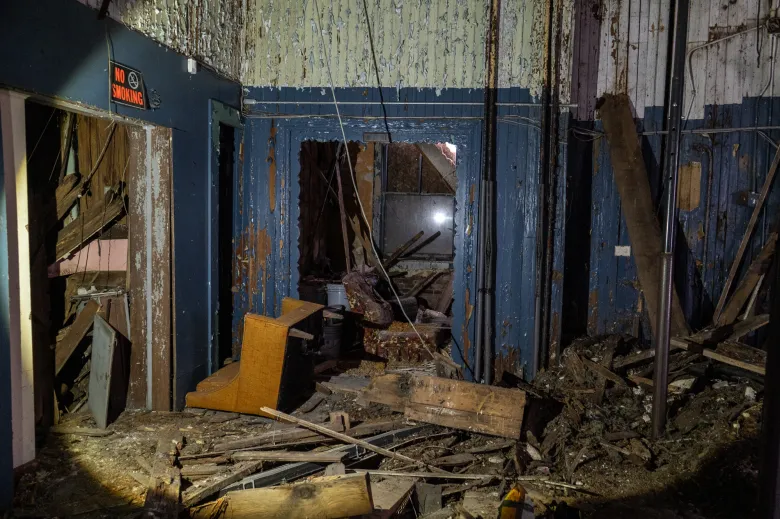
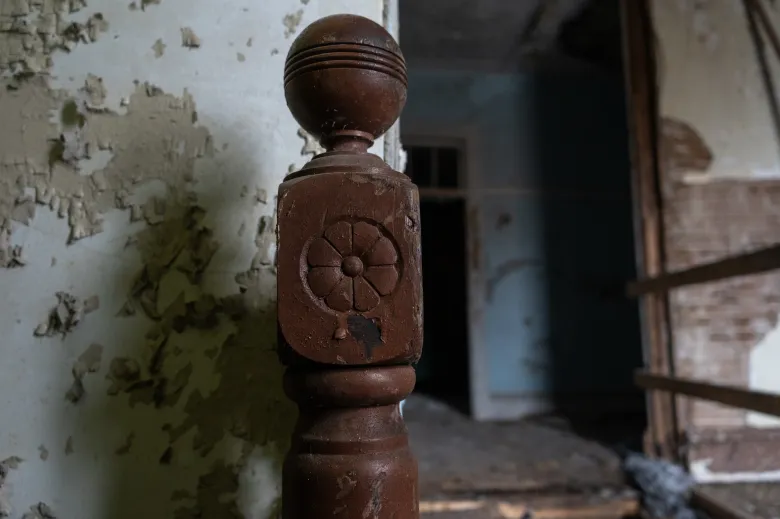
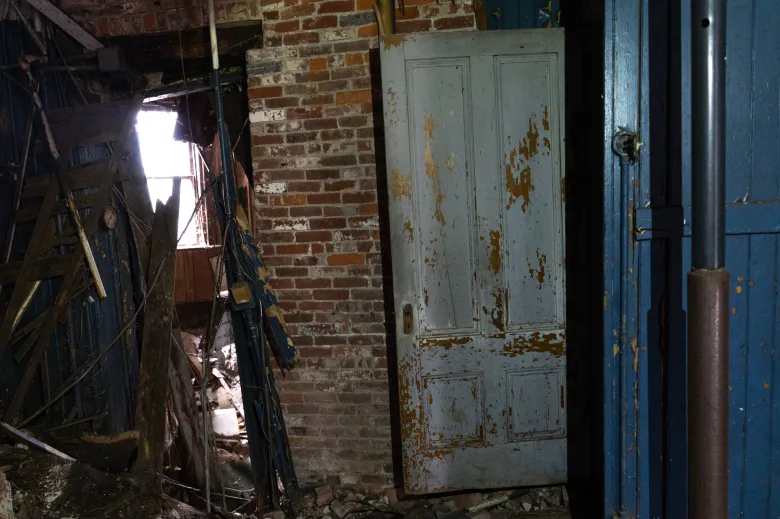
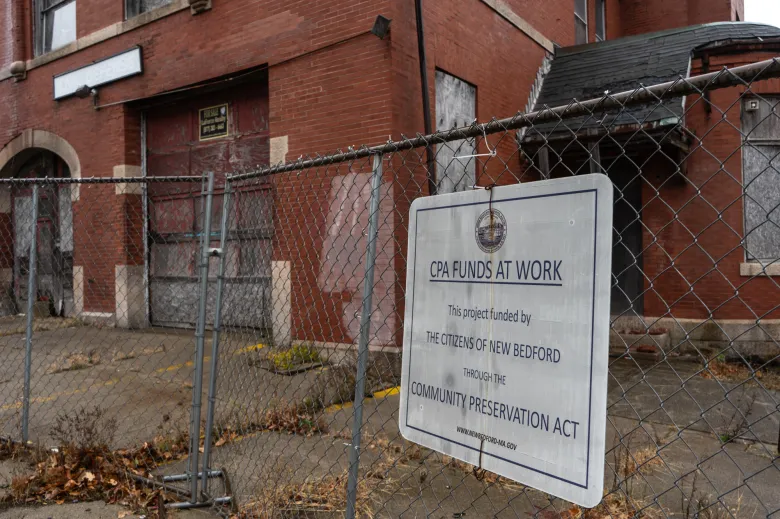
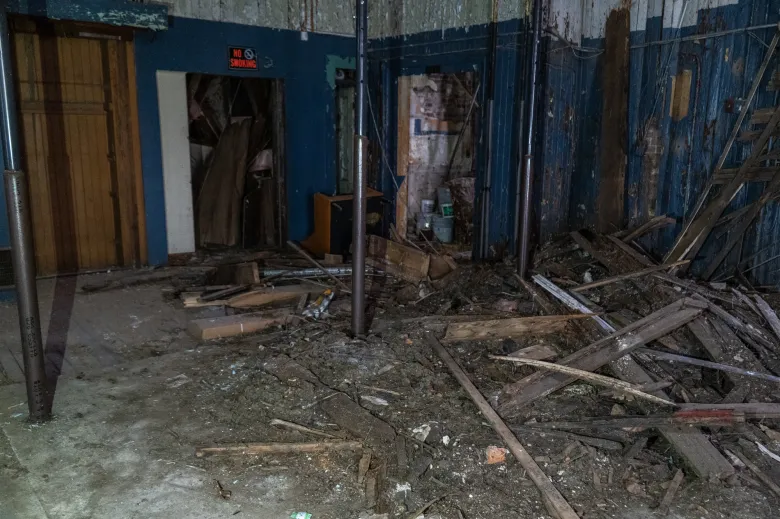
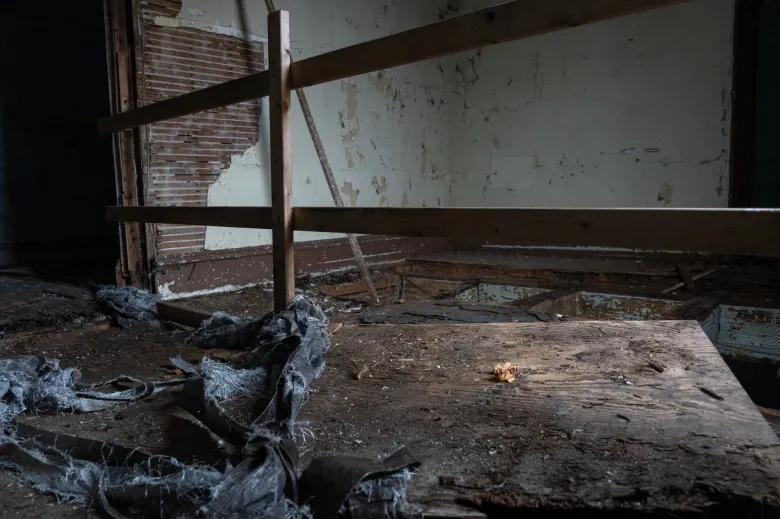
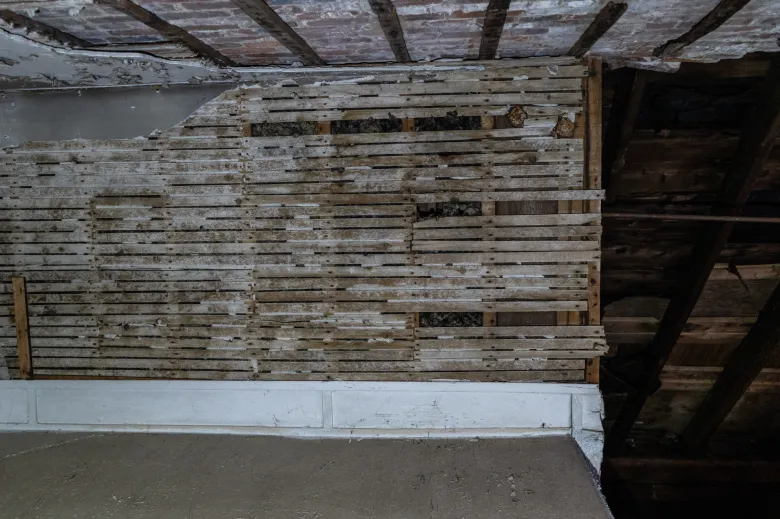
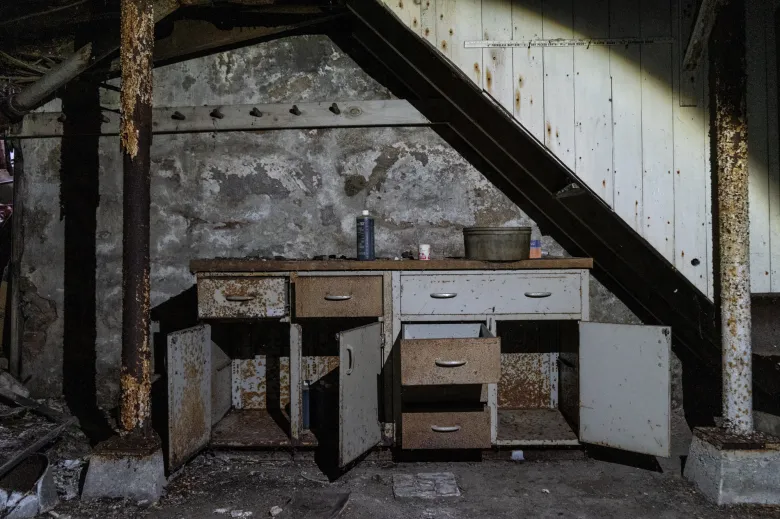
Comentários